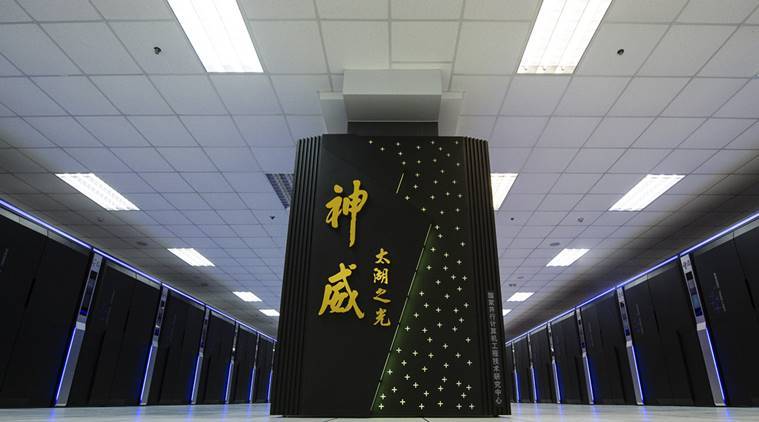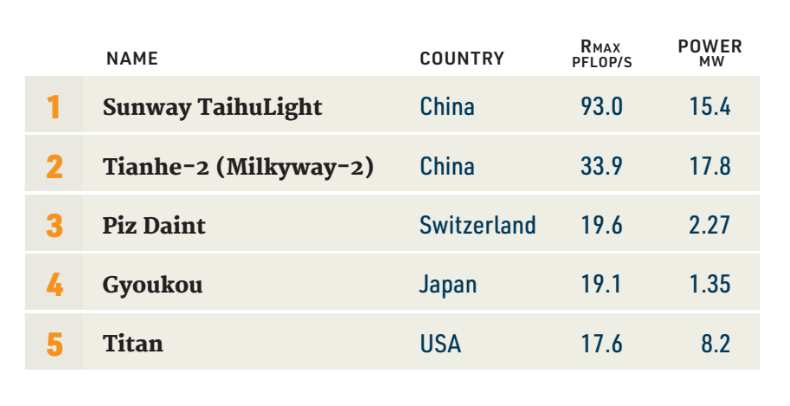[PConline News] Since June 2013, China has dominated the TOP500 supercomputing rankings with its own research and development. The Tianhe-2 supercomputer claimed six consecutive titles, but in June 2016, the Shanghui Taihu (Sunway TaihuLight) made history by becoming the first system to break the 10 petaflop barrier. It outperformed Tianhe-2 three times in a row, securing its place as the world's fastest supercomputer. In the latest TOP500 list, released today, Shanghui Taihu has once again taken the top spot for the fourth time in a row, marking China's tenth consecutive victory in the ranking. Tianhe-2, which had previously won six straight championships, now holds the second position.

The latest update highlights a significant shift in the number of supercomputers between China and the United States. In the previous ranking, the U.S. had 169 systems, while China had 160. This time, China has surged ahead with 202 supercomputers, leaving the U.S. with just 143 — a gap that has not been seen in over 25 years since the TOP500 was founded. Japan follows with 35, Germany with 20, France with 18, and the UK with 15. However, none of these numbers come close to the U.S. or China's totals.
China's dominance isn't just about quantity. Its supercomputers account for 35.4% of all systems on the TOP500 list, compared to 29.6% for the U.S. This shows not only the scale of China’s investment in high-performance computing but also the efficiency and performance of its systems.

This year's champion, Shanghui Taihu, is located at the Wuxi Supercomputer Center. It boasts a theoretical floating-point performance of 12.5 petaflops, with a Linpack performance of 9.3 petaflops (93 PFLOPS), and consumes 17.8 megawatts of power. Notably, its main processor, the Shenwei SW26010, is a 260-core chip developed by Jiangnan, showcasing China's growing expertise in semiconductor design.
Tianhe-2, which held the top spot for six consecutive years before being overtaken by Shanghui Taihu, now ranks second. It achieves a Linpack performance of 3.39 petaflops, using Intel Xeon E5 processors and Xeon Phi accelerator cards, and consumes 17.8 megawatts of power.
The third-place system, the U.S.-based Titan, has dropped to fifth after being replaced by the Swiss Piz Daint, which ranks third. Powered by Cray's XC50 architecture and NVIDIA Tesla P100 accelerators, Piz Daint delivers 19.6 PFLOPS and is considered the most powerful supercomputer in Europe.
Newcomer Gyoukou from Japan has entered the top five, powered by Intel Xeon processors and PEZY-SC2 accelerators, delivering 19.1 PFLOPS with a remarkably low power consumption of just 1.35 megawatts. This marks a new era in supercomputing efficiency and performance.
Zgar International (M) SDN BHD , https://www.zgarvape.com